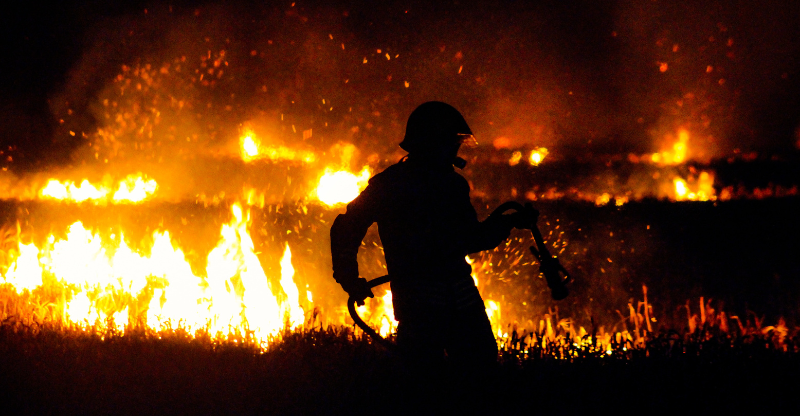European automotive - a sustainability strategy case study in slow motion?
Strategy is an area where sustainability professionals have the most to add to the long term success of their organisation. But sometimes the best strategy conflicts with the outcome we want - we need to stay true.
How we can 'fix' artisanal mining
Artisanal mining is a key sustainability challenge. But it's importance goes beyond this. The solutions found can also help sustainability professionals as they look to address the wider financial issues faced by mining companies.
Should Agtech companies be worried about farmers right to repair?
The debate around the "right to repair" for farm machinery has been rumbling on for some time. This week we consider what it might mean for the companies that produce the specialist agricultural equipment.
Industrial heat pumps can work
Industrial heat pumps not only offer the opportunity to decarbonise many industries, but they also could become a multi billion $ investment opportunity.
Coffee, deforestation and new supply chains
It's August, and it's about coffee, and specifically about sustainability in coffee (two of my favourite topics) so for the first time we are highlighting a conference.
Minimising cost over runs - part 2
Making sure the cost estimates for a project are meaningful is essential, as is verifying the expected benefits. But, equally important is how you mange complex projects - we can learn some useful lessons from architect Frank Gehry
Human rights is not just a values issue
It is increasingly understood that human rights is no longer just a values and ethics question. It's also now very much an investing issue, one that can have a very direct impact on a company's long term value creation.
Coping better with extreme events
Sustainability is not just about mitigation (actions that reduce future risks). In some cases the challenge is much more immediate, we also need to invest in adaption. Helping us to cope with events that are happening now.
Sunday Brunch: premiumisation as a sustainability strategy?
Your premium brand had better be delivering something special, or it's not going to get the business.- Warren Buffett Can a premium coffee brand help the farmers ? People who know me know that I love coffee. But, we have to accept that as an industry, it has
Can the big miners fix artisanal mining?
Rob Karpati, from The Blended Capital Group, has been guest writing blogs for us on artisanal mining. Feedback we frequently get is 'thanks, we now get the problem, so what can we do'. Formalisation is the preferred pathway, but how to best deliver it?
Supply chains come under even more scrutiny
As public opinion leads, legislation follows, at least in Europe. The most recent legislative move is on deforestation, but it's just one of a wave of new laws and regulations. And behind legislation comes litigation.
Sunday Brunch: investing is not just about generating alpha
At it's heart our financial system is really simple. Money flows from savers to spenders. Where this system struggles is when the actions of the spenders impose costs on the wider society that mean that the net return to savers (financial return minus imposed costs) are reduced.












